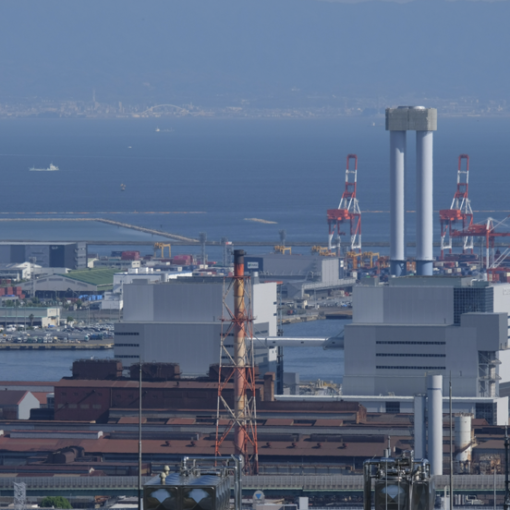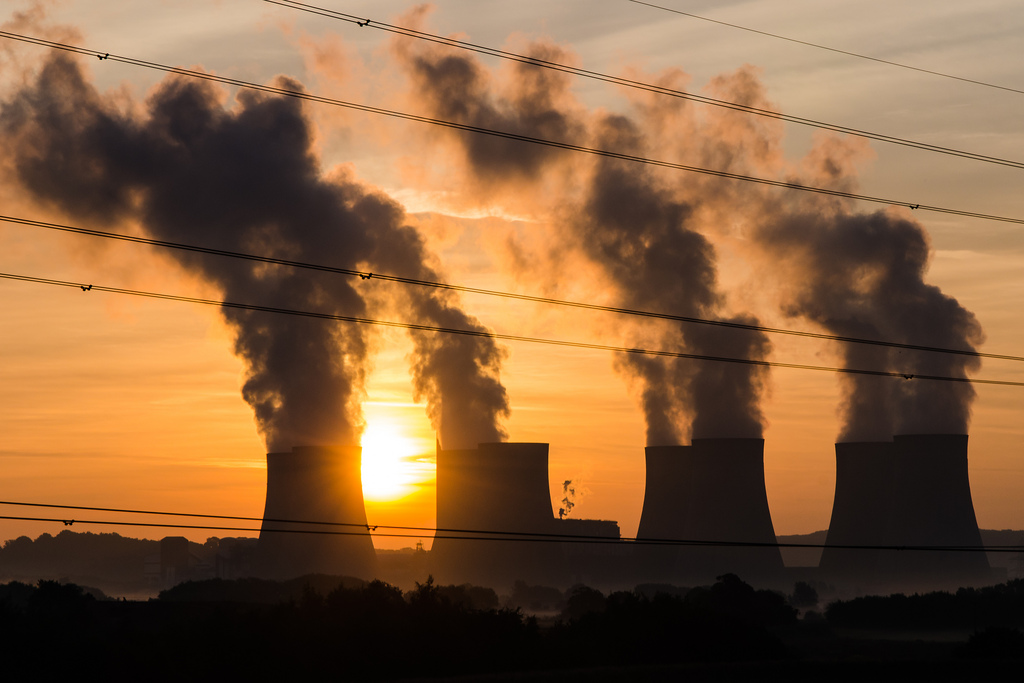This week’s IPCC report is another stark reminder of the need to dramatically reduce greenhouse gas emissions to avoid climate disaster. While the U.S. has started down the path of decarbonizing its economy, there remains significant work to do, and many challenges ahead. Some sectors, including certain heavy industries and freight transport, will be hard to fully decarbonize. To the extent those sectors continue emitting carbon dioxide and other greenhouse gases, those gases will need to be captured prior to release into the atmosphere. Most climate models suggest that it will also be necessary to remove previously emitted carbon dioxide from the atmosphere – a process known as carbon dioxide removal – to stay within the 1.5 to 2oC target set in the Paris Agreement. This necessarily raises the question: what should be done with all of the carbon dioxide?
Some have proposed using carbon dioxide for enhanced oil recovery or to produce fuels or other products, but the climate benefits of such utilization are uncertain. Another option is to store the carbon dioxide in a way that prevents its release (or re-release) into the atmosphere. One promising option involves injecting carbon dioxide into underground basalt rock formations, where it would rapidly mineralize and become solid carbonate rock. There are large basalt formations, capable of storing massive amounts of carbon dioxide, in the sub-seabed off the U.S. coast. However, under existing law, those formations likely could not be used for carbon storage. The INVEST in America Act (also known as the bipartisan infrastructure bill) that just passed the Senate could change that if it becomes law.
As previously reported on this blog, the Sabin Center has partnered with scientists at Columbia’s Lamont Doherty Earth Observatory on several projects exploring the feasibility of storing carbon dioxide in the sub-seabed off the east and west coasts of the U.S. We are also part of an international research team collaborating on the Solid Carbon project, which aims to develop an integrated system to remove carbon dioxide from the atmosphere and permanently store it in the sub-seabed off the west coast of Canada. The target storage site for the Solid Carbon project is an area known as the Cascadia basin, which straddles the U.S. and Canadian border, approximately 100 nautical miles off the coast of Washington state and British Columbia. Researchers have previously considered storing carbon dioxide in the U.S. portion of the Cascadia basin but, due to a quirk of federal law, that is not currently possible.
The U.S. federal government controls approximately 1.7 billion acres of submerged land offshore. This area is known as the Outer Continental Shelf (OCS) and generally extends 3 to 200 nautical miles from shore (except off the Gulf coast of Florida and Texas, where the OCS begins 9 nautical miles from shore).
Persons wanting to use the OCS – e.g., to store carbon dioxide – must obtain a lease or other approval from the federal government. Leases are issued by the Department of the Interior’s Bureau of Ocean Energy Management (BOEM) under the Outer Continental Shelf Lands Act (OCSLA). Originally enacted in 1953, a key goal of the OCSLA was to facilitate the development of minerals, particularly oil and gas, on the OCS. Consistent with that goal, the OCSLA authorizes BOEM to issue leases on the OCS for activities that “support the exploration, development, production, or storage of oil or natural gas” (43 U.S.C. § 1337(p)(1)(C)). In 2005, the OCSLA was amended to also authorize the issuance of leases for activities that “produce or support production, transportation, or transmission of energy from sources other than oil and gas” (43 U.S.C. § 1337(p)(1)(C)). The 2005 amendment was intended to facilitate renewable energy development on the OCS, but also has implications for carbon storage therein.
BOEM has concluded that, under the 2005 amendment to the OCSLA, it can issue leases on the OCS for projects involving the sub-seabed storage of carbon dioxide “generated as a by-product of . . . coal fired power plants” because those projects support energy production from a source other than oil and gas (i.e., coal). Importantly, however, BOEM cannot issue leases for offshore storage of carbon dioxide that is captured at any other type of facility (e.g., a natural gas-fired power plant or steel manufacturing plant) or directly removed from the atmosphere. This differential treatment of carbon storage projects, based on the source of the carbon dioxide, has no rational basis. It is simply an accidental consequence of trying to fit carbon storage into a statutory framework that was enacted to facilitate energy development.
BOEM’s limited OCS leasing authority is not the only barrier to offshore carbon storage. The Environmental Protection Agency (EPA) has indicated that offshore carbon storage projects may also be regulated under the Marine Protection, Research, and Sanctuaries Act (MPRSA). Under the MPRSA, an EPA permit is required to “dump” materials within 12 nautical miles of the U.S. coast, and further offshore if the materials are dumped from a vessel that is registered or was loaded in the U.S. (33 U.S.C. § 1411).
The definition of “dumping” in the MPRSA appears broad enough to encompass the sub-seabed injection of materials, meaning that carbon storage projects require a permit if the above location or vessel conditions are met. Importantly, however, EPA cannot issue permits for the dumping of “industrial waste” from “a manufacturing or processing plant” (33 U.S.C. § 1414b). Whether carbon dioxide qualifies as industrial waste is an open question. Carbon dioxide captured at power plants and manufacturing facilities would appear to fall within the definition of “industrial waste” but carbon dioxide removed directly from the atmosphere might not. Assuming that is the case, EPA could only permit projects involving the storage of carbon dioxide removed from the atmosphere, but (as noted above) those projects would not qualify for a lease from BOEM. The only projects for which BOEM can issue leases – i.e., those involving the storage of carbon dioxide captured at coal fired power plants – likely could not be permitted by EPA.
This could all soon change. Earlier today, the Senate passed the INVEST in America Act (also known as the bipartisan infrastructure bill), which includes provisions aimed at facilitating offshore carbon storage. Specifically, the INVEST in America Act amends the OCSLA to authorize BOEM to issue leases on the OCS for activities that “provide for, support, or are directly related to the injection of a carbon dioxide stream into sub-seabed geologic formations for the purpose of long-term carbon storage.” The INVEST in America Act also clarifies that “carbon dioxide stream[s] injected for the purpose of carbon sequestration” pursuant to a BOEM-issue lease do not qualify as “material” covered by the MPRSA. This means that projects involving the injection of carbon dioxide into the OCS will not require a permit from EPA under the MPRSA.
These provisions were not in the version of the INVEST in America Act that passed the House of Representatives last month. It remains to be seen whether the House will agree to them. If it does and the INVEST in America Act is signed into law by President Biden, it would open the way for offshore carbon storage on the OCS. However, even with a new legal framework in place, it will take time for projects to be developed and approved. BOEM will likely need to develop a new leasing framework for offshore carbon storage and undertake extensive environmental and other reviews. Those are important steps to ensure offshore carbon storage projects are undertaken in a safe and environmentally responsible manner. They do, however, take time that the IPCC and others keep telling us we do not have.
This is test biographical description.




